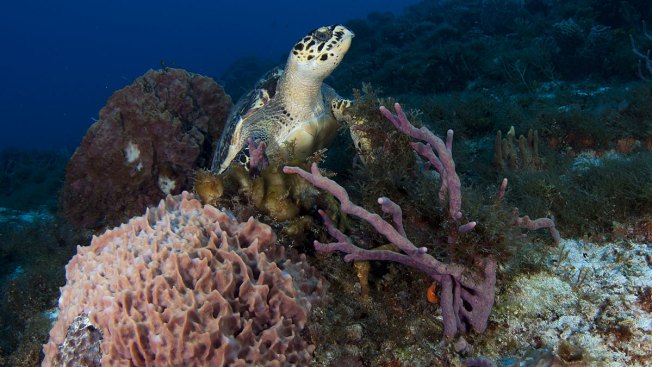
Think of the last time when you enjoyed a vacation, strapped on a snorkeling mask, and dove deep into the briny blue for a quick look of the nature’s most stunning sights: the rich and varied ecosystem of a coral reef. Your memories from the afternoon (or night) are, no doubt, priceless.
The nature that made those experiences enjoyable, nevertheless, could use a kickback. As per the International Coral Reef Initiative, reefs are under threat worldwide from long-term issues (such as bleaching) to short-lived disasters with long-term implications (e.g., hurricanes).
For the latter, there’s an arrangement and it could be game-changing for all of assets of Mother Nature. The Nature Conservancy, in joint venture with the State Government of Quintana Roo, Mexico (home to tourism hot spots like Cancun and Playa del Carmen, which border a portion of the Mesoamerican Reef), has developed a first-of-its-kind system that will safeguard the reef the way all assets are conventionally protected: with insurance.
The unique policy will highlight the first time a piece of the environment has ever been insured—a difficult responsibility when it comes to monetizing the value of the benefits of coral reef. Not only do the biologically diverse habitats attract visitors and tourism dollars with their beauty, they simultaneously offer a necessary buffer for coastal communities from high-powered storms.
As per the Nature Conservancy, a healthy coral reef can decrease up to 97 percent of wave energy that causes coastal obliteration and beach erosion. Yet, during a Category 4 or 5 hurricane, 20 to 60 percent of live coral cover can get misplaced, putting valuable coastlines at great risk should another storm hit.